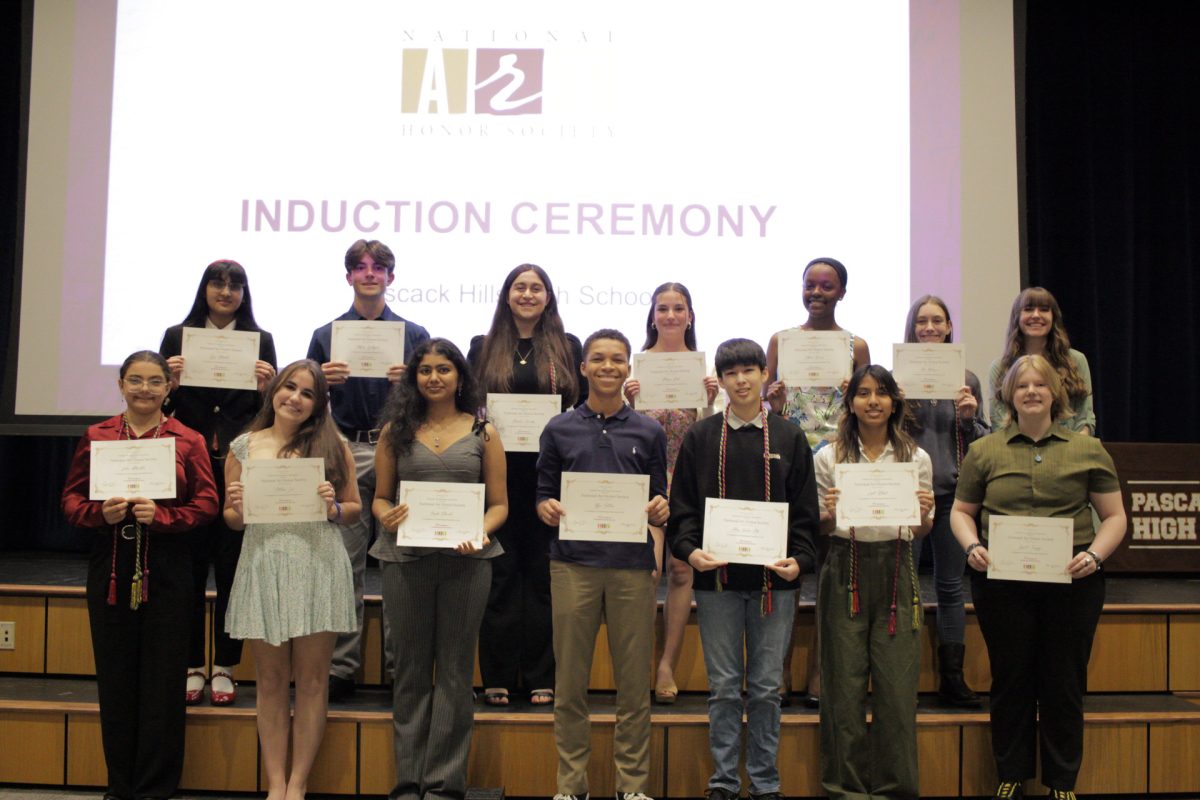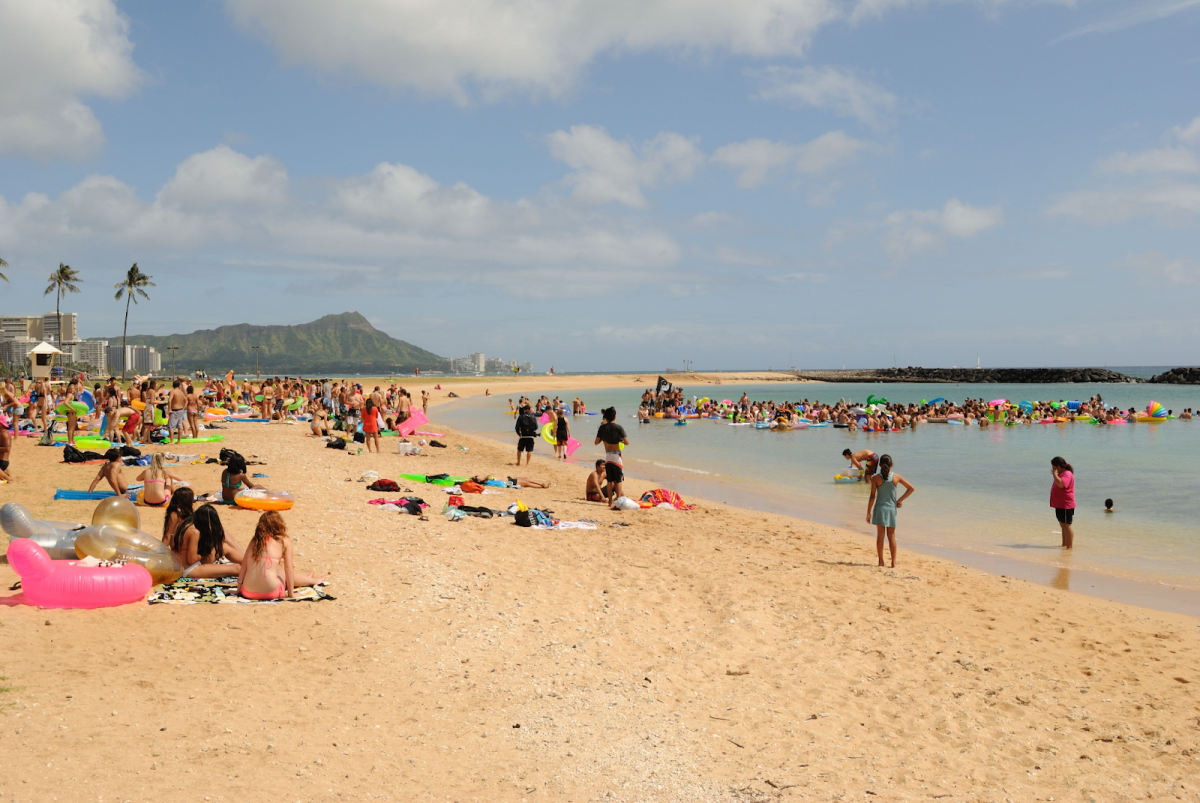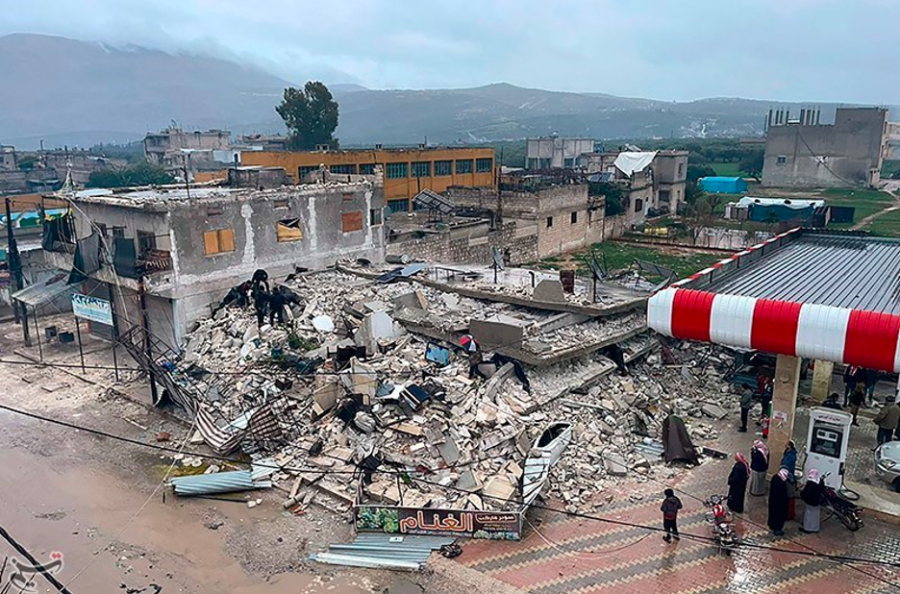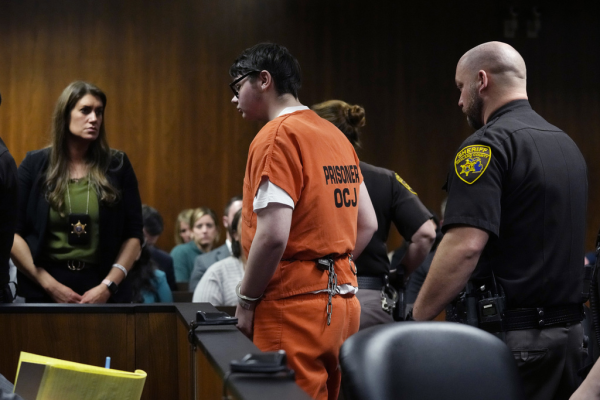Turkey-Syria earthquake brings forth global response
Several students from Pascack Hills shared their opinions on the catastrophe and suggested alternatives to help those needing protection and sanctuary from the aftermath of the situation.
Editor’s note: This is a developing story; the contents are true as of March 2, 2023.
Editor’s note: After being notified, this story has been updated with further scientific information about tectonic plates and how the earthquake on Feb. 6 started. When the story was first published, there was no mention of it being caused by a strike-slip, which has since been updated along with other Earth science information.
Update 3/2:
In addition to this devastation, on Monday, Feb. 27, another earthquake of a 5.6 magnitude swept Turkey’s Malatya province in the town of Yesilyurt, with more than 2,000 buildings collapsing. The quake’s effects have resulted in over 100 people injured, with one confirmed fatality.
Update 2/24:
A 7.8 magnitude earthquake hit areas in Turkey and Syria on Monday, Feb. 6, at 4:00 a.m., leaving over 48,000 fatal injuries.
According to the United States Geological Survey, the 7.8 magnitude earthquake demolished areas 14.2 miles east of Nurdagi in Turkey’s Gaziantep province. It caused 7,500 buildings in Turkey to collapse almost immediately, with many citizens buried under the colossal amounts of debris.
The earthquake’s morning hit was just one of the leading contributors to the deadly massacre, with over 10,000 aftershocks also significant.
AFAD (Disaster and Emergency Management Authority) advised avoiding the damaged buildings entirely, with additional aftershocks serving as a possibility.
Many innocent civilians were sleeping in their homes during the time of the collapse, leaving many covered under their home’s rubble in the aftermath.
The environmental conditions have jeopardized lives of vulnerable citizens, as a chance of hypothermia continues to arise for those underneath the rubble. Torrential downpours and snow increase the likelihood of these dangerous circumstances.
Scientifically, an earthquake can be divided into several categories traditionally measured by the Richter scale, having a magnitude ranging from 1-9. Scientists have adapted a new method for more reliable earthquake detection, the Modified Mercalli Intensity Scale (MMI).
In addition, earthquakes can be detected by a seismograph, an instrument that measures the seismic waves within the Earth after an earthquake has transpired.
An earthquake’s magnitude is also measured by the seismic energy released from the natural disaster. An additional increase in a whole number in magnitude corresponds to 32 times the energy of the previous number.
Earthquakes above eight inflict the most damage among civilization, with the 7.8 magnitude of the Turkey-Syria earthquake in close proximity to this value.
The Earth’s crust is divided into both large and small tectonic plates, which are in constant motion. The edges of the tectonic plates are commonly referred to as plate boundaries, which are compartmentalized into three predominant categories: divergent, when two tectonic plates separate from each other; convergent, when two tectonic plates collide; and transform, when two tectonic plates slide past one another. The motion here results in seismic activity.
Turkey’s position along tectonic plate boundaries has increased its likelihood of earthquakes happening more often in the last 25 years. Still, the 2023 earthquake has recently been the strongest recorded globally since a territory near the South Sandwich Islands in the southern Atlantic Ocean in 2021 at an 8.1 magnitude.
Turkey’s situation among four predominant tectonic plates makes its location a hot spot for the formation of an earthquake. Previously, the country had endured an earthquake of the same magnitude, 7.8, in 1939, resulting in more than 30,000 fatalities.
Nonetheless, an earthquake with the power of the 2023 disaster hasn’t occurred in over 80 years within the territory.
Citizens in Turkey have been most vulnerable to the effects of the attacks due to the infamous “pancake” collapse, a type of destruction pertaining to the failure of the foundation and structural elements of a building.
Moreover, this specific collapse can lead to the crumbling of various floors, structures, and building foundations, increasing the possibilities of endangered citizens. Its occurrence does not need to occur in accordance with the strength of the earthquake; the weak structural components of pillars within a building can cause a collapse away from the epicenter.
The past effects of earthquakes in Turkey have caused the country’s government to implement specific structural regulations for safety assurance. Still, dated buildings that lack these new recommendations are more likely to experience destruction.
The situation has provided a new concern for structural support, as the tectonic plates moved in a horizontal direction instead of a vertical one, causing a complication with the direction of the country’s buildings; they are not structurally designed to withstand a back-and-forth motion. This situation is an example of a strike-slip fault, when two portions of the Earth’s crust slide past one another in a horizontal direction.
While many citizens await their rescue from underneath the rubble, safety measures are inevitably threatened. The survival rates of the injured continue to decrease as trapped citizens suffer from unstable weather conditions, possible death threatening hindrances, and effects of aftershocks.
Several students from Pascack Hills shared their opinions on the catastrophe and suggested alternatives to help those needing protection and sanctuary from the aftermath of the situation.
“I would support their government emergency agency [like AFAD] that would provide direct support for the victims of the earthquake through clothes, housing, foods, and other means of support from the natural disaster,” said Hills freshman Sameeha Ahmed.
As many continue to await rescue from underneath the rubble, victims’ family members emotionally suffer with low expectations of their loved ones’ survival.
In response to a question involving the most difficult components of coping with emotions, Ahmed also provided her perspective.
“I think that losing your relatives, especially if you were close to them and you knew them for a long time, shakes people to know whether they are alive, since you don’t know if you are going to be able to rescue them,” she said.
As doubts continue to arise within society, family members of victims continue to search for their loved ones underneath the rubble, with hopes of discovering survivors under safe conditions.
Jane Yeam, World History Teacher, was asked to reflect on her perspective on helping others as the effects perpetuate.
“If I were aware that the earthquake had happened, and I had a place that I could offer as refuge, I would open a place to help people,” she said.
Many survivors from the earthquake who don’t have family members or sustainable resources struggle to find shelter and substantial protection.
“I would provide places for people to rest, food, and basic necessities with a comfortable environment where they are able to relax and unpack what they just experienced,” said Hills freshman Ashley Schwartz.
Yeam’s opinion on providing for others related to building a proper social relationship with the victims.
“It’s important to be hospitable and not be overbearing for others, so they want to be there,” she said.
The estimated final time for the discovery of citizens is 72 hours, yet many people with vast age ranges have been located from under the rubble nearly a week after the disaster’s occurrence and in horrendous conditions.
Underdeveloped governments in Turkey and Syria have significant disadvantages over the United States of America when it comes to natural disasters because of a lack of funds and sustainable resources to support citizens in the aftermath of the earthquake.
As economic concerns arise within society, there is a higher probability that these citizens living in both Turkey and Syria become more vulnerable to natural disasters within society.
A lack of assistance from political alliances and foreign countries threatens the stability of these economically struggling countries in the state of disaster.
As the 2023 Turkey-Syria earthquake aftermath leaves many endangered citizens trapped without a comforting family or necessary resources, the search for more survivors continues to serve as a priority for governments and other civilians. The need for economic change within the governments of foreign countries also appears to act as a necessity for natural disaster prevention.
Sources:
https://www.cnn.com/2023/02/12/middleeast/deaths-turkey-syria-earthquake-intl/index.html
https://www.cnn.com/2023/02/07/middleeast/earthquake-turkey-syria-why-deadly-intl/index.html
https://www.usgs.gov/programs/earthquake-hazards/science-earthquakesm
https://www.britannica.com/science/Richter-scale
https://www.usgs.gov/programs/earthquake-hazards/science-earthquakes
https://oceanexplorer.noaa.gov/facts/plate-boundaries.html
https://japannews.yomiuri.co.jp/world/wider-world/20230216-91447/
https://apnews.com/article/2023-turkey-syria-earthquake-earthquakes-6bc8e1b7ab6e7bb6ba0cf9257cb86069
https://spectrumnews1.com/ca/la-east/news/2019/08/02/earthquakes–what-is-a-strike-slip-fault-

Thomas Samouhos is a Hills junior. He joined the Trailblazer his freshman year as a staff writer and edited for the In-Depth section in his sophomore year. This year, Samouhos is excited to cover College Corner.
Fun fact: Samouhos loves to travel, with his latest getaway being Greece!












































